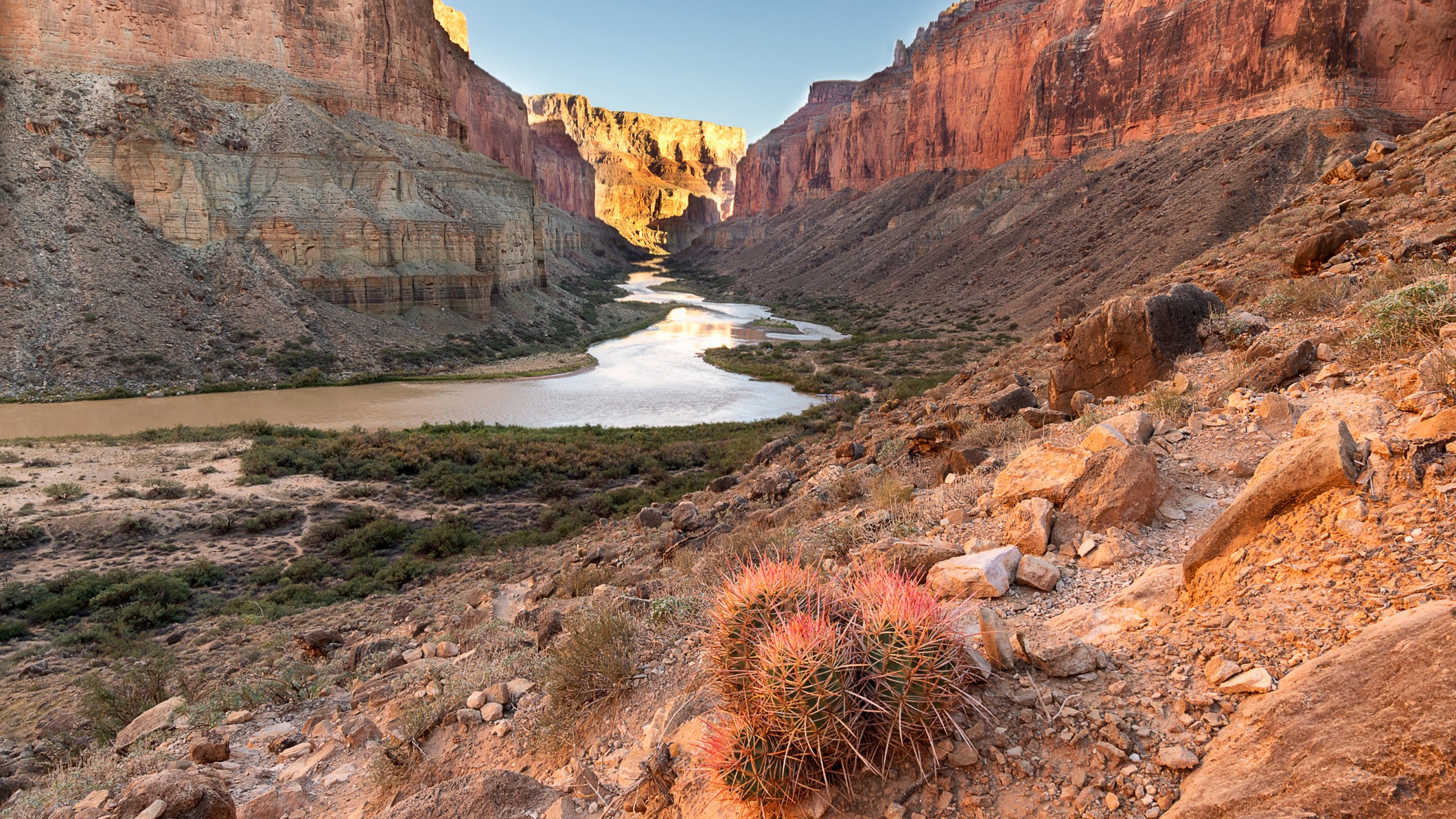Archaeologists Closer to Finding Lost Viking Settlement

A lost Viking settlement known as "Hóp," which has been mentioned in sagas passed down over hundreds of years, is said to have supported wild grapes, abundant salmon and inhabitants who made canoes out of animal hides. Now, a prominent archaeologist says the settlement likely resides in northeastern New Brunswick.
If Hóp is found it would be the second Viking settlement to be discovered in North America. The other is at L'Anse aux Meadows on the northern tip of Newfoundland.
Over the decades, scholars have suggested possible locations where the remains of Hóp might be found, including Newfoundland, Prince Edward Island, New Brunswick (on the east coast of Canada), Nova Scotia, Maine, New England and New York. However, using the description of the settlement from sagas of Viking voyages, along with archaeological work carried out at L'Anse aux Meadows and at Native American sites along the east coast of North America, an archaeologist has narrowed down the likely location of Hóp to northeastern New Brunswick. The likeliest location there? The Miramichi-Chaleur bay area. [In Photos: Viking Settlement Discovered at L'Anse aux Meadows]
Based on the research, "I am placing Hóp in the Miramichi-Chaleur bay area," Birgitta Wallace, a senior archaeologist emerita with Parks Canada who has done extensive research on the Vikings in North America, told Live Science. Hóp, she said, may not be the name of just one settlement, but rather an area where the Vikings may have created multiple short-term settlements whose precise locations varied from year to year. Tales of the Viking voyages were passed down orally before being written down, and "Hóp" may have been misunderstood as being just one site when it could have referred to several seasonal settlements, Wallace said.
Narrowing the search
Wallace found that northeastern New Brunswick is the only place that meets all the criteria in the sagas for Hóp: It contains wild grapes and salmon, barrier sandbars and a native population that used animal-hide canoes. "New Brunswick is the northern limit of grapes, which are not native either to Prince Edward Island or Nova Scotia," said Wallace, noting that grapes were not found in Maine, either.
Additionally, "barrier sandbars occur along the coasts of [Prince Edward Island], Massachusetts and Long Island, but they are particularly dominant along the New Brunswick east coast," Wallace said. Wild salmon was abundant in eastern New Brunswick at the time, but research conducted by archaeologist Catherine Carlson shows that they were not found at pre-Columbian Native American sites in Maine or New England, Wallace said.
Hide canoes were used by the Mi'kmaq people in the Miramichi-Chaleur bay area, and that region was so abundant in wild salmon (before overfishing in the past century caused the population to fall) that the Mi'kmaq used the salmon as a totem (a creature of spiritual significance), Wallace said. "The only area on the Atlantic seaboard that accommodates all the saga criteria [for Hóp] is northeastern New Brunswick," Wallace told Live Science.
Get the world’s most fascinating discoveries delivered straight to your inbox.
Additionally, excavations at the Viking settlement at L'Anse aux Meadows revealed the remains of three butternuts and wood from a butternut tree — species that are native to New Brunswick, Wallace said. They also reveal the presence of white ash, beech, eastern hemlock and white elm — all of which can be found in New Brunswick.

Finding Hóp
While Wallace can narrow down the location of Hóp, finding the actual site(s) will be difficult and perhaps impossible, Wallace said.
Hóp was likely used as a summer camp, and any tents or buildings constructed there would have been used only for a few months at most, making them difficult for archaeologists to find, Wallace said. At the end of the summer, the Vikings likely brought the remains of anyone who died back to Greenland (the home base for the Vikings in the region). Any tools they used would likely have been brought back to Greenland or L'Anse aux Meadows. Additionally, the sagas indicate that the Vikings at Hóp would have focused on gathering wood and food, an activity that wouldn't leave a large trace in the archaeological record, as organic materials don't preserve well. Furthermore, the landscape in the Miramichi-Chaleur bay area has changed, and any Viking site (or sites) could be paved over.
Even so, "I hope that all archaeologists working in this area keep their eyes open just in case they should run across something not fitting the cultural patterns they set out to explore," Wallace told Live Science.
An essay containing some of Wallace's research was published recently in Canada's History magazine.
Originally published on Live Science.

Owen Jarus is a regular contributor to Live Science who writes about archaeology and humans' past. He has also written for The Independent (UK), The Canadian Press (CP) and The Associated Press (AP), among others. Owen has a bachelor of arts degree from the University of Toronto and a journalism degree from Ryerson University.
